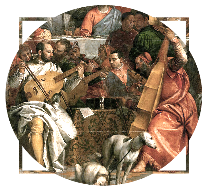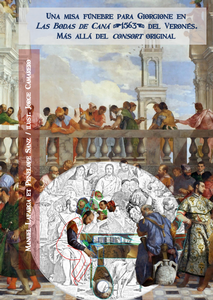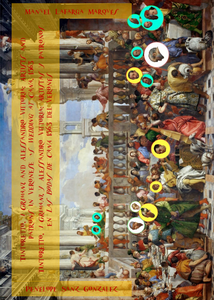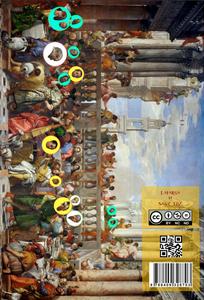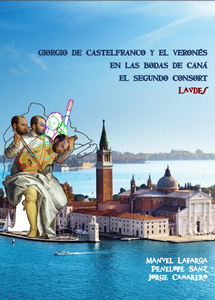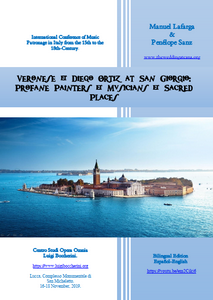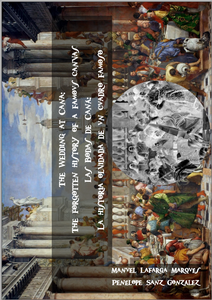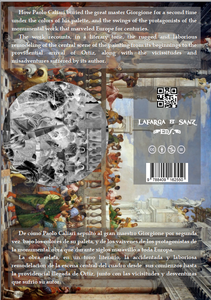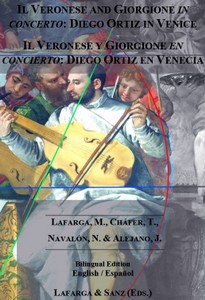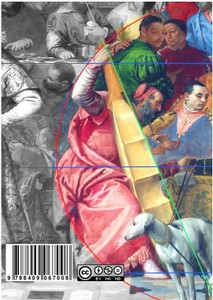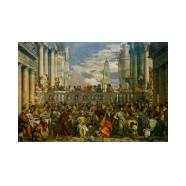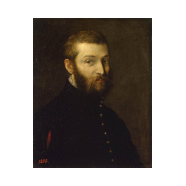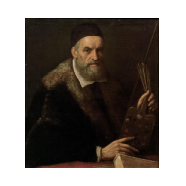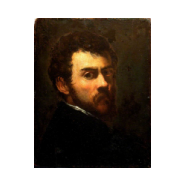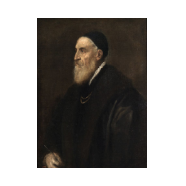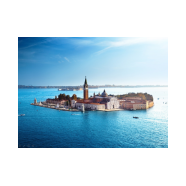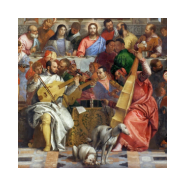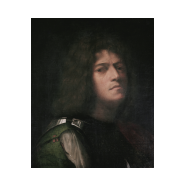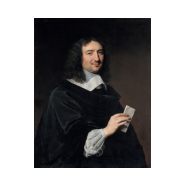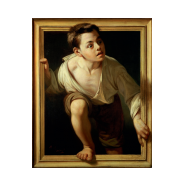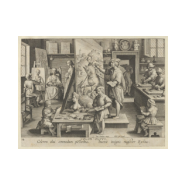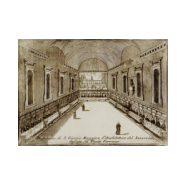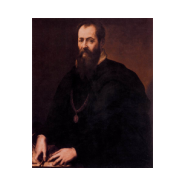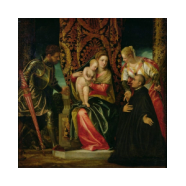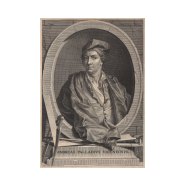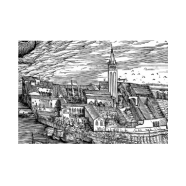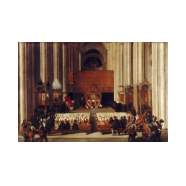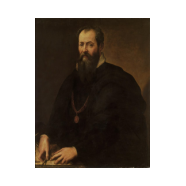Reconstructing Veronese


Javier Alejano identified Ortiz, Manuel Lafarga identified Giorgione

Who was the unknown second viola player behind Veronese? ...The musician Diego Ortiz, composer, theorist and maestro di cappella of the Naples Royal Chapel.


This (un)known person was not in the original design. Who was behind him and what instrument he played? ...
The painter Giorgio da Castelfranco, named Giorgione, holding his lute in a silent attitude.

The cornetto player was probablyJacopo Bassano da Ponte ...

Jacopo Bassano was not in the original design.
Who was behind him playing trombone? ...

Why Paolo Caliari appeared leaned and twisted in the x-ray images of the scene?
... What kind of instrument was Paolo playing?
... .... .....
Enlightened Renaissance - Leonardo 's Dream - Dr. Manuel Lafarga
Musical Renaissance - Greece and the Fenix - Music and machines: The Classical World heritage
Musical Renaissance - Greece and the Fenix - Dr. Manuel Lafarga
Enlightened Renaissance - Leonardo 's Dream - Classical view on cosmos as a great mechanism
Veronese and Diego Ortiz at San Giorgio Maggiore. International Conference "Music Patronage in Italy from the 15th to the 18th Century"
Veronese and Diego Ortiz at San Giorgio Maggiore. International Conference "Music Patronage in Italy from the 15th to the 18th Century"
Diego Ortiz en Venecia - Il Veronese en concierto - Dr. Manuel Lafarga
Diego Ortiz in Venice - Il Veronese in concierto - Dr. Manuel Lafarga
On secular pleasures: The taste - Dr. Manuel Lafarga
On secular pleasures: The taste - Renaissance supper at Ferrara 's Court 1529
Musica Reservata - The Venetian painter-musicians - Dr. Manuel Lafarga
The Paolo Caliari 's Wedding at Cana musical ensemble Musica Reservata - The Venetian painter-musicians
